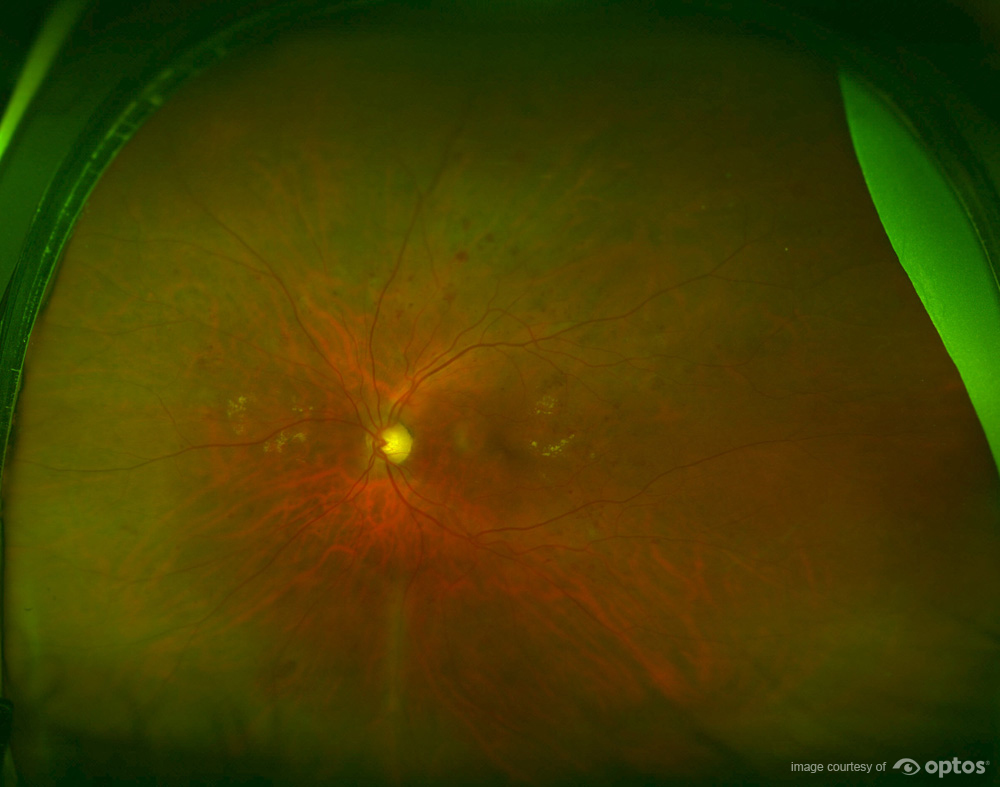Visual Impairment and Blindness a Prevalent Issue in Europe
While most people differentiate the eastern European region by political, socioeconomic, and geographical aspects, optometrists differentiate the highly industrialized countries of Europe by the leading causes of vision loss in children and adults.
According to the British Journal of Ophthalmology, the leading causes of childhood vision loss in the eastern European region are “lesions of the central nervous system, congenital anomalies and retinal disorders.” The leading causes among adults in these countries, however, are age-related macular degeneration, cataract, glaucoma, diabetic retinopathy, and uncorrected or uncorrectable refractive errors and low vision in general. Working age individuals are commonly diagnosed with similar conditions, as well as optic atrophy. In middle income countries, the leading causes of vision loss are reported to be congenital cataract, advanced cataract, glaucoma, retinopathy of prematurity and diabetic retinopathy.
The article further notes that as many of these causes of partial and/or total vision loss are preventable, European countries will have to increase their public health efforts to be able to effectively combat vision loss. The five eye health issues that healthcare professionals need to focus on were identified as cataract, diabetic retinopathy, glaucoma, retinopathy of prematurity and low vision and refraction. However, most of these eye health issues, as the article stressed, can be prevented through regular eye exams. This is because regular eye exams allow for the detection and treatment of many conditions in their earliest stages, preventing unnecessary vision loss.
Preventing vision loss is one of the reasons Optos was founded. Since our beginnings in 1992, we have worked to create ultra-widefield retinal imaging technology and devices that are patient-friendly and allow practitioners to detect many potential sources of vision loss before they become a problem. Visit our website today to learn more about our products and how they can help prevent vision loss among your patients.
